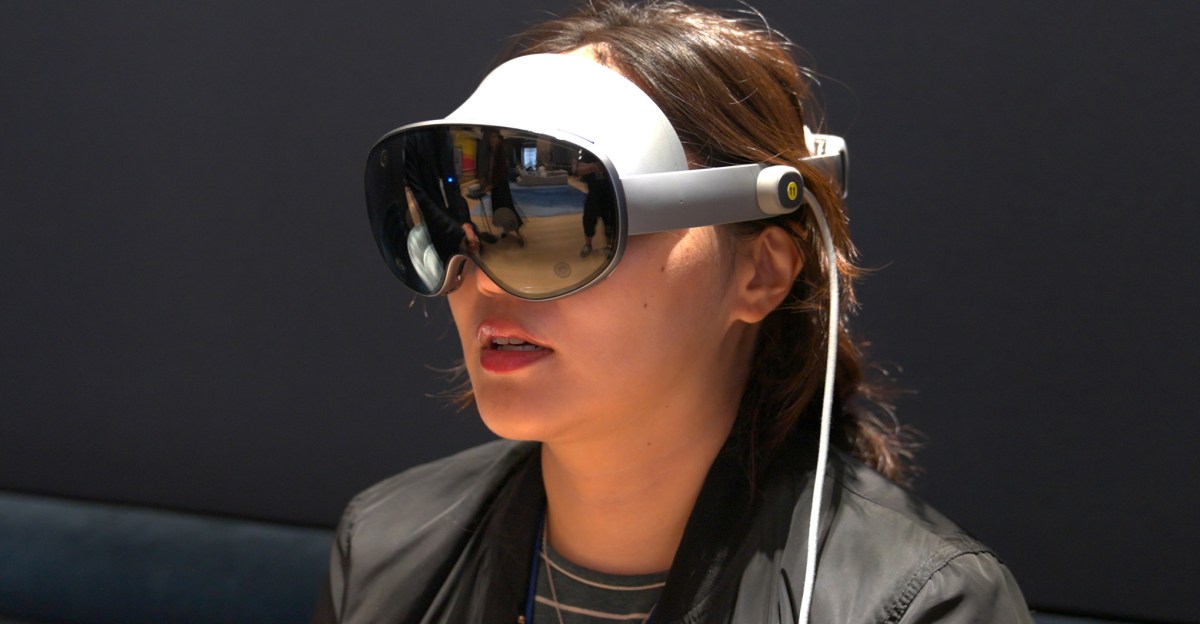Samsung Launches Galaxy XR Headset: A Cost-Effective Alternative to Apple’s Vision Pro
Introduction: A New Contender in the XR Market
Samsung has officially debuted its long-anticipated Galaxy XR headset, launching in the United States and South Korea. Priced at $1,799, the Galaxy XR presents a compelling alternative to Apple’s Vision Pro, which retails at $3,499. This report delves into the features, performance, and value proposition of the Galaxy XR compared to Apple’s offering.
Key Features of the Galaxy XR
Competitive Pricing and Launch Offers
The Galaxy XR enters the market with aggressive pricing that promises a significant savings for consumers. To enhance the value, Samsung and Google are bundling an “Explorer Pack” with each headset purchase. This package includes:
- One year of Google AI Pro
- Google Play Pass
- YouTube Premium
- YouTube TV for only $1 per month for three months
- A free season of NBA League Pass
These additions aim to attract a wider array of customers seeking high-quality virtual experiences.
Comfort and Design
One notable advantage of the Galaxy XR is its lighter and more comfortable design compared to the Vision Pro. The headset features a cushioned front piece and a removable bottom light seal, enhancing user comfort during prolonged usage. Although the materials may not exude the premium feel of the Vision Pro, the plastic construction is easier to clean and distributes weight more evenly, reducing tension over time.
Performance and User Experience
Impressive Display and Functionality
The Galaxy XR boasts micro-OLED technology that supports a 4K resolution and refresh rates up to 90Hz, ensuring smooth visuals during gaming and media consumption. With a maximum battery life of 2.5 hours, the headset provides comparable uptime to the Vision Pro.
In terms of navigation and interaction, the Galaxy XR offers a similar experience to the Vision Pro, with a high-resolution passthrough feature and intuitive gesture controls. Users can interact with the interface using hand gestures, or choose to utilize traditional handheld controllers (sold separately).
Innovative AI Integration
A standout feature of the Galaxy XR is its integration of Google’s Gemini AI, which enhances the user experience significantly. For example, users can ask questions while viewing immersive content or even engage with products by utilizing the “Circle to Search” feature. This level of AI integration surpasses that of Siri in Apple’s Vision Pro, providing a more interactive experience.
Conclusion: The Future of XR Headsets
While the Galaxy XR may not completely surpass the Vision Pro in terms of premium materials and computing power, it surely stands out for its value and comfort. With a strong focus on providing an immersive content experience at a fraction of the price, Samsung’s new headset may redefine consumer expectations in the XR landscape.
Ultimately, the choice between Galaxy XR and Vision Pro may hinge on individual needs—those deeply embedded in Apple’s ecosystem may prefer the Vision Pro, while a broader audience of casual users may find the Galaxy XR to be the better option.
As the XR market evolves, it will be interesting to see how these devices perform in everyday use, particularly as more consumers explore the potential of augmented and virtual reality technologies.
For more updates on technology and XR developments, follow our news section and stay informed on the latest gadgets and innovations.




